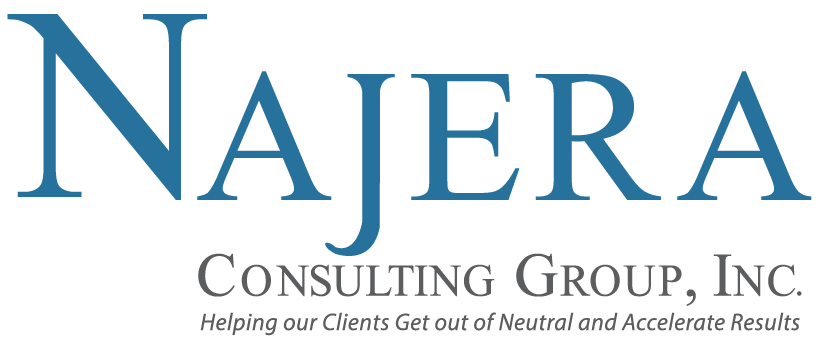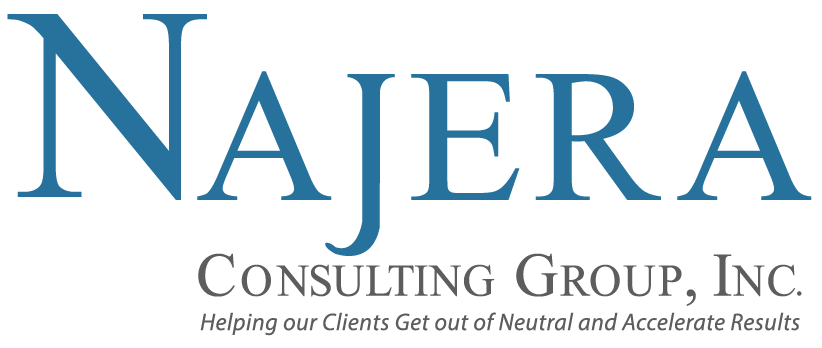 Often times when coaching executives and managers we hear stories about someone they work with (not a direct report) who hampers or sabotages their productivity, and thus impacts their performance.
Often times when coaching executives and managers we hear stories about someone they work with (not a direct report) who hampers or sabotages their productivity, and thus impacts their performance.
One example is that one person on the team who is ‘protected’. Or what we refer to as ‘privileged’ because of that person’s relationship to someone who is in a position of influence and power.
More times than not, the person (let’s call this person George) who is ‘protected’ has the support of one or more senior leaders who want nothing to do with addressing this problem person. In their mind, it is just the way it has to be, and ‘don’t make waves’ about it.
This is not a good situation to be in and, there’s never any one solution. However, there are two (2) coping strategies you may want to consider.
Strategy #1 – Establish Team Performance Goals
Developing team performance goals sometimes does the trick if done right. This should not be a vague statement such as “team X (which includes George) is responsible for successfully completing project X by X.”
Be specific. Think Output/Input. In other words, what outputs from George’s work are critical inputs for meeting your team performance goals?
In this situation George can’t hide. Especially when he’s responsible for highly visible deliverables (i.e. outputs). If George does not shape up, his lack of competency or work output is glaring. And now has the view of the senior leaders who have inadvertently created this situation in the first place.
Strategy #2 – Weekly “Catch-Up” Review Process
Managing George’s performance is different than managing his incompetence (or perceived lack of). Managing incompetence is a professional development issue better left to his manager. So creating a solid review process as part of the overall work team performance is key.
In addition to establishing team performance goals, developing weekly ‘catch-up’ sessions often times drives positive performance as well. You’d be surprised at the feedback we receive from people who have taken the initiative to have meaningful dialogues and included George. Often times George wasn’t ever in the loop or part of the work team’s discussions.
Here’s where utilizing your communications dialogue skills not only makes for a more productive and harmonious team, George will only learn and grow. Communications is pivotal and key to any good working relationship. So those ‘problem employees’ sometimes are only a one on one performance conversation away.
These two strategies have worked well for us in similar situations. Give them a try!
At Najera Consulting we offer strategy consulting as well as performance management strategies to drive your personal and business successes.
For the month of August, Najera Consulting Group will be conducting Free 1 Hour Strategy Sessions for a limited number of owners of small to medium sized businesses and non-profit executive directors.
Schedule Your Session Today and:
• Gain better clarity of your organization’s vision.
• Uncover hidden challenges and blind spots that could be sabotaging your success
• Leave this session renewed, inspired, and re-energized about your business or non-profit.
Space is Limited. Click here to contact us with the subject line, “Free Strategy Session” or call: 630-326-3238
About the Authors:
 John Estrada is best known for his business approach in the Human Resources field, particularly with work in the leadership/executive coaching, career development and talent management arena.
John Estrada is best known for his business approach in the Human Resources field, particularly with work in the leadership/executive coaching, career development and talent management arena.
To inquire about about John’s career coaching services please click on this link.
 Gabriel Najera is the president & founder of the Najera Consulting Group. Gabriel is a frequent speaker to organizations. And, is a highly sought after advisor to corporate and nonprofit executives looking to develop a strategic thinking mindset.
Gabriel Najera is the president & founder of the Najera Consulting Group. Gabriel is a frequent speaker to organizations. And, is a highly sought after advisor to corporate and nonprofit executives looking to develop a strategic thinking mindset.
Gabriel is the author of the forthcoming book, Lessons From the Field: From Farmworker to Fortune 500 Consultant. Gabriel is available to speak to your organization. To inquire about scheduling Gabriel for an upcoming speaking engagement or to inquire about our consulting services, please click on this link.
















I have experienced second-hand what it is like to have a spouse who works in an environment where “problem” employees get overlooked by people in power. This causes massive issues with regards to work ethic and the performance of other individuals in the work place. My spouse would often come home angry because he would be asked to do XYZ on top of his other duties (which were already too many), because “George” hadn’t done them the previous shift. It can be extremely frustrating to watch someone go through that as an onlooker to those who are problematic. In this case, I think the first strategy would have worked.
Whenever a company uses the second strategy – team performance goals, it does make it glaringly obvious who is pulling their weight and who is not. What I enjoy about this strategy is that it has a motivating factor to it. No one, who values their job, will want to be the one who has poor team performance or contribution, therefore everyone on the team is motivated to do their share. It makes groups work together better because they want to achieve the goal as a team with great performance levels.